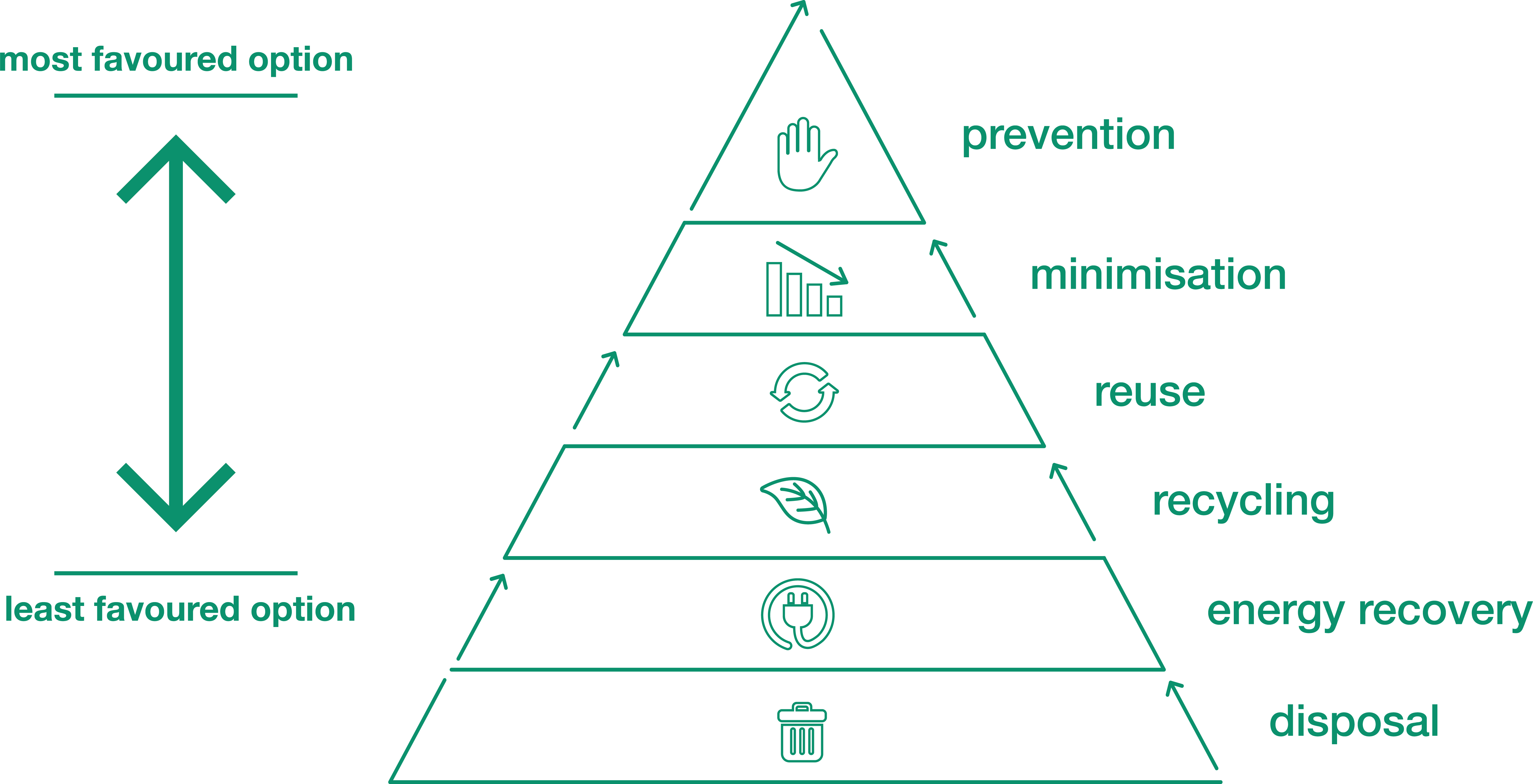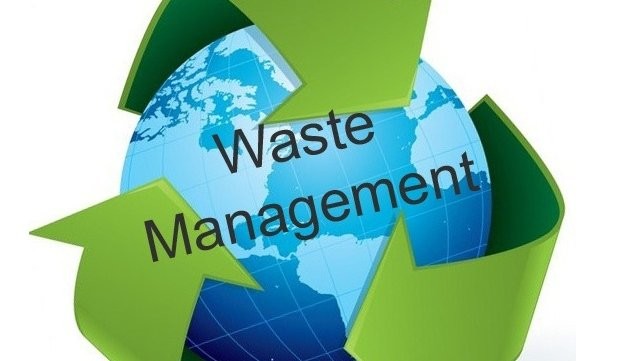Obtain Involved with Recycling Lives Services for a Greener Future
Obtain Involved with Recycling Lives Services for a Greener Future
Blog Article
Checking Out Different Types of Waste in Modern Waste Management Equipment
The contemporary landscape of waste administration entails navigating a complex array of waste types, each calling for specialized handling and disposal techniques to mitigate environmental influences. Metropolitan solid waste, unsafe waste, electronic waste, and natural waste each existing unique challenges and possibilities for resource recovery.
Municipal Strong Waste
Community strong waste, frequently referred to as home garbage or waste, incorporates a selection of disposed of materials produced by household, business, and institutional resources within a municipality. This waste stream typically includes products such as packaging, food scraps, lawn trimmings, paper, plastics, textiles, and disposed of home products. The monitoring of community solid waste is a crucial element of city preparation and public health, necessitating effective collection, transport, and disposal systems.
Reliable waste monitoring systems are developed to decrease environmental impact while maximizing resource recovery. This often involves a combination of techniques consisting of landfilling, composting, and recycling. Recycling programs target materials like paper, glass, metals, and certain plastics, diverting them from landfills and reintroducing them into the manufacturing cycle. Composting organic waste, such as food scraps and yard trimmings, not only lowers land fill usage but additionally creates important dirt modifications.
Municipalities have to also resolve the financial and logistical obstacles connected with waste monitoring. Executing pay-as-you-throw systems, improving public recognition, and investing in innovation can significantly improve waste diversion prices. By incorporating these practices, towns can cultivate sustainable neighborhoods, reduce greenhouse gas exhausts, and conserve natural sources.
Contaminated Materials

Efficient unsafe waste administration entails several crucial actions: identification, therapy, disposal, and segregation. Recognition involves the category of waste based on its hazardous homes. Partition guarantees that harmful materials are stored separately from non-hazardous waste to avoid cross-contamination. Treatment techniques, such as chemical neutralization, incineration, and stablizing, are utilized to lower the toxicity, quantity, or wheelchair of the waste. Lastly, disposal choices, consisting of safe land fills and underground storage space, are selected to make sure long-term control.
Regulatory frameworks, such as the Source Conservation and Recovery Act (RCRA) in the USA, give guidelines and criteria for harmful waste management. Adherence to these guidelines, coupled with improvements in waste treatment technologies, is important in alleviating the dangers linked with hazardous waste.
Digital Waste
Digital waste, commonly described as e-waste, represents a quickly growing difficulty in waste management systems internationally. This kind of waste incorporates thrown out digital devices and devices such as smart devices, computer systems, televisions, and various other digital home appliances. The quick pace of technological development, coupled with lowering product life expectancies and customer demand for the latest tools, has exponentially increased the quantity of e-waste generated annually.
E-waste is especially bothersome as a result of its complex structure, Resources frequently having unsafe materials like cadmium, lead, and mercury, which pose considerable environmental and health risks if not appropriately managed. Alternatively, e-waste also contains beneficial materials such as gold, silver, and copper, which can be recuperated and reused. The twin nature of e-waste-- both beneficial and dangerous-- requires customized handling, reusing, and disposal procedures.
Efficient e-waste management includes strict regulative structures, durable find more info collection systems, and progressed reusing innovations. Public recognition and engagement are vital, as inappropriate disposal practices, such as prohibited dumping and informal recycling, worsen ecological contamination and health dangers. Enhancing e-waste administration techniques is vital for reducing eco-friendly influence and recovering important resources in an increasingly electronic world.

Organic Waste
Organic waste, consisting of cooking area scraps, backyard trimmings, and farming residues, stands for a significant part of the worldwide waste stream. This sort of waste is naturally degradable, indicating it can be damaged down by bacteria right into simpler organic substances. In spite of its capacity for natural disintegration, incorrect management of organic waste can lead to unfavorable environmental effects, consisting of the discharge of greenhouse gases such as methane, which contribute to climate change.
Efficient monitoring of organic waste is critical for decreasing these environmental impacts (recycling lives services). Composting is a widely taken on method, transforming natural waste right into nutrient-rich compost that can improve dirt wellness and farming productivity. Furthermore, anaerobic food digestion is an arising modern technology that converts natural waste right into biogas, an eco-friendly energy source, and digestate, which can be used as fertilizer
Municipalities and waste administration entities should execute robust organic waste collection and treatment programs to optimize the advantages of these procedures. Public education and learning projects can also play a critical function in encouraging homes and companies to different natural waste from various other types of waste. By focusing on the management of organic waste, cultures can minimize garbage dump use, reduced greenhouse gas discharges, and produce useful by-products for agricultural use.

Cutting-edge Waste Monitoring
In the world of waste monitoring, cutting-edge methods are transforming how cultures manage their refuse, intending for sustainability and performance. One famous development is the implementation of clever waste containers geared up with sensors that check fill degrees and enhance collection routes.
An additional significant development is the fostering of waste-to-energy (WtE) innovations. By converting non-recyclable waste right into functional energy via processes such as incineration and anaerobic digestion, WtE lowers garbage dump concern and provides a renewable resource resource. Developments in chemical recycling permit for the failure of intricate plastics into their initial monomers, making it possible for the development of new, premium plastic items.
In addition, the round economic situation version is gaining grip, highlighting the layout of products and systems that focus on reusability and source efficiency. This all natural approach motivates sectors to reduce waste generation from the beginning. Via these innovative methods, modern-day waste management why not look here systems are not only dealing with the prompt obstacles of waste disposal yet additionally paving the method for an extra sustainable future.
Verdict
An extensive understanding of municipal solid waste, contaminated materials, electronic waste, and natural waste, coupled with the execution of ingenious waste management services, is vital for reducing ecological impacts. Incorporating technologies such as smart waste bins and waste-to-energy systems can improve effectiveness and sustainability. Efficient waste monitoring approaches not just foster source recovery but also promote public awareness and involvement, eventually adding to the growth of a circular economic climate.
The contemporary landscape of waste management includes browsing an intricate variety of waste kinds, each requiring specialized handling and disposal approaches to minimize ecological impacts. Municipal solid waste, hazardous waste, digital waste, and organic waste each existing distinct obstacles and chances for source recovery.Digital waste, generally referred to as e-waste, represents a swiftly expanding difficulty in waste administration systems around the world. Via these ingenious methods, modern-day waste management systems are not just dealing with the immediate obstacles of waste disposal however also leading the method for a much more sustainable future.
A detailed understanding of municipal solid waste, hazardous waste, digital waste, and organic waste, paired with the application of innovative waste monitoring options, is necessary for alleviating environmental impacts. (recycling lives services)
Report this page